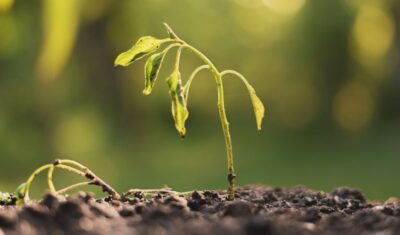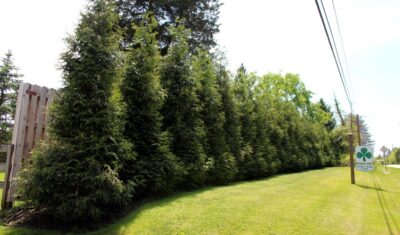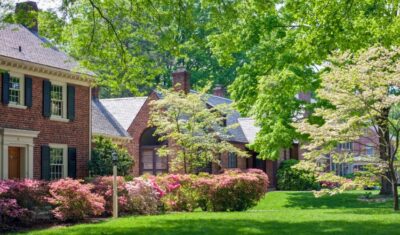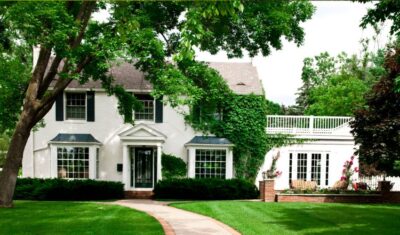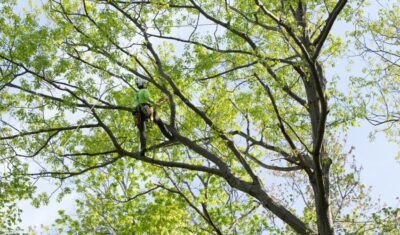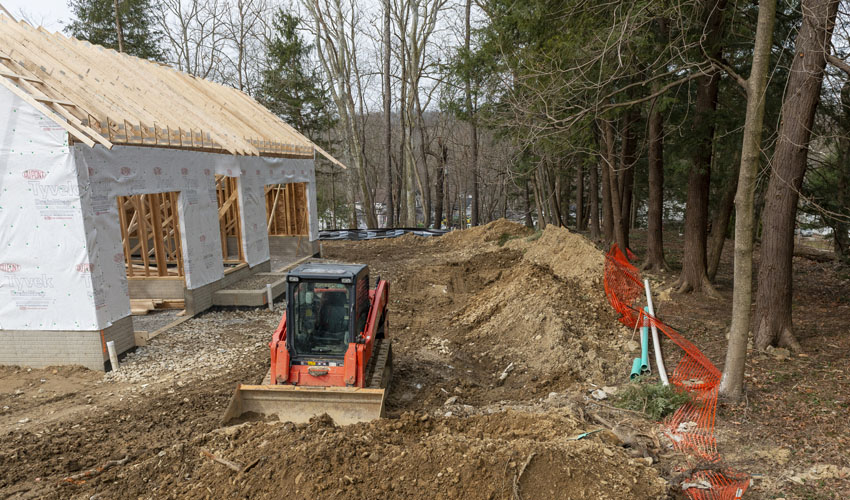 The outdoor construction and landscaping season is just around the corner so if you’re planning any projects, you’ll want to protect your valuable trees from construction damage. It may not be the first thing you think about amidst all of the planning that goes into a project, but skipping this step can irreparably damage, and even kill, nearby trees.
The outdoor construction and landscaping season is just around the corner so if you’re planning any projects, you’ll want to protect your valuable trees from construction damage. It may not be the first thing you think about amidst all of the planning that goes into a project, but skipping this step can irreparably damage, and even kill, nearby trees.
When construction of any kind is scheduled for your property, remember to plan for tree protection before finalizing the construction plans.
Types of Construction & Landscaping Damage to Trees
Unfortunately, landscaping and construction projects can easily injure tree branches, trunk and/or roots, leaving trees stressed, damaged, or no longer stable after the work has been completed.
Cut or damaged tree roots
Roots are particularly susceptible to damage in urban or crowded project sites. Common causes of damage or severing of tree roots include:
- excavating soil, such as for a shed, garage, pond, or home extension
- trenching for utility or irrigation lines, which cuts many roots, including roots used to keep the tree stable
- re-grading, such as for drainage purposes, adding a paved area (sidewalk, patio, driveway), or building a deck, usually involves adding or removing soil and cutting roots, both which can be deadly to a tree and decrease stability.
- soil tilling, such as when installing sod or creating new planting beds
Since a tree’s root system extends far beyond its trunk, this can be a large area to monitor and protect.
A plan drawing that shows both existing trees and proposed excavation and trenching is a good resource when you’re deciding on tree protection methods. Just be sure to protect a large enough area around each tree to ensure that roots are kept safe.
Broken and damaged branches and trunks
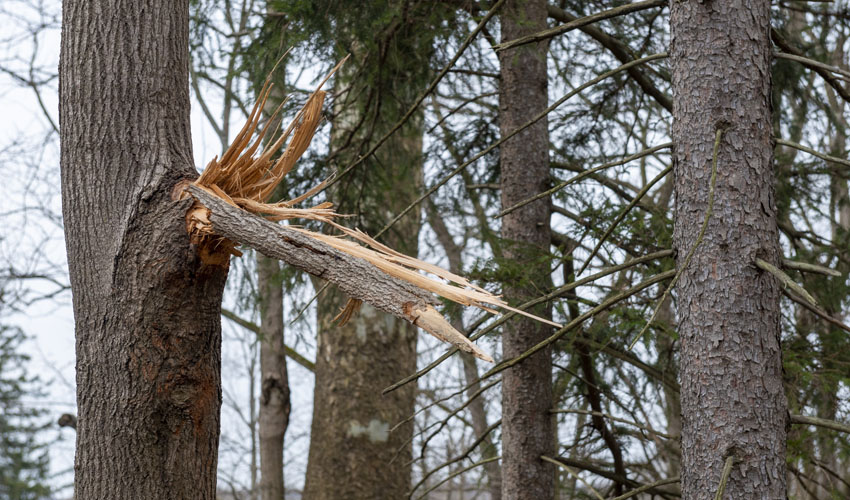
A broken tree branch from construction work in Northeast Ohio
These are often broken and damaged by large construction equipment, both near the ground and overhead. Trucks and machinery can accidentally gouge tree trunks, peel off bark, and break off branches in an instant. These wounds leave your trees vulnerable to pests and diseases, and will likely require corrective pruning after the project is finished.
Your arborist can advise you if it would be best to preemptively remove large, low-hanging branches that are likely to get damaged.
Changes to tree exposure
Sudden changes to the sun and shade around trees, such as by demolition, tree removal, or construction, can make trees more vulnerable.
Newly exposed trees are subject to wind damage and sunscald, which can cause broken limbs and wounds on trunk and branch bark. Broken branches create openings for pests and diseases, and sunscald causes areas of dead tissue to develop. If a neighboring tree is suddenly in shade from a new building or addition, it becomes vulnerable to pests and fungal and bacterial diseases.
Soil compaction
This happens when heavy machinery, equipment, and materials are driven over or stored atop soil, where they compress soil particles together.
Compacted soil loses its ability to absorb and drain water and hold oxygen, as well as inhibiting tree root growth, and can cause years of future problems (you can’t just “un-compact” soil).
Construction work when soils are very wet or saturated causes even greater damage to soil structure. If at all possible, avoid doing work near trees in wet conditions.
Changes to soil levels
The top 12 inches of soil is the most vital for trees, as that’s where you’ll find almost all of the small roots that take up nutrients and water, as well as larger, stabilizing roots.
Burying the existing soil surface under piles of excavated soil, materials, or debris—even for a short period—smothers the soil and prevents oxygen from reaching tree roots. This can quickly cause both small and large roots to die.
How to Prevent Construction Damage
There are several things you can do to keep your trees safe during landscaping and construction projects.
Identify Important Trees
Make a note of all your trees, their location, and their condition. You can document with photographs for a before-and-after comparison. The goal is to make sure that your most valued trees, as well as any fragile trees, are well protected.
Your arborist can also advise you on ISA guidelines to evaluate the value of your trees for replacement, in case any trees are gravely injured during the construction project.
Make A Plan
When you know the extent of the upcoming construction work, you can tailor tree protection to the work that will be done.
Consider things like the following:
- the order in which work will be done
- any trees that are slated for removal – be clear on whether or not the stump will also be removed
- entrance and exit routes for heavy vehicles – if possible, limit equipment to only one route to minimize the extent of soil compaction
- the number and types of heavy equipment that will be used – in some cases, it may be preferable to do some of the work manually if it’s near an especially valuable tree
- construction staging or storage areas – try to keep this away from trees
Clearly Mark Tree Protection Areas
Ask your contractor to mark tree protection areas with flags (or do it yourself) before any demolition, material deliveries, or construction begins. Remember that these areas should extend well away from the tree trunk to protect the root zone.
After protection areas have been marked out, ask that the protective structures and materials be installed first.
Install Protective Structures & Materials
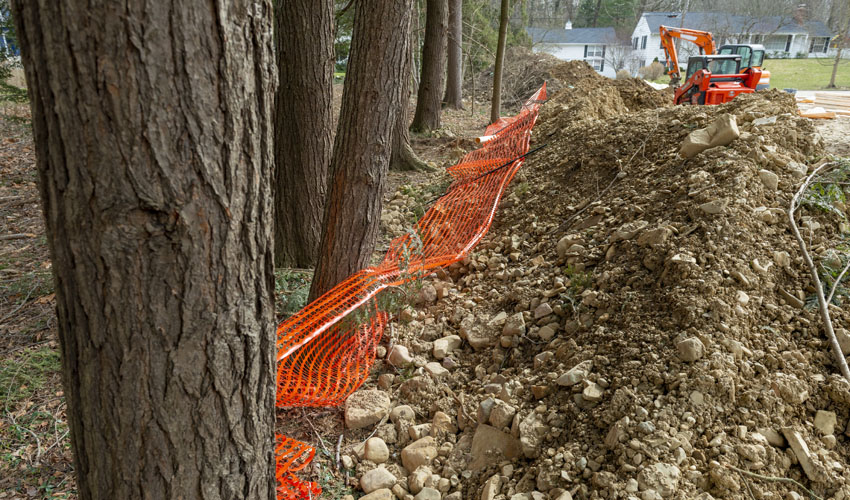
Dirt and rocks from a construction project knock down a protective fence near trees
An ISA Certified Arborist is specially trained in ways to avoid tree damage and can help you understand the scope and types of protection you might need.
An arborist will make a site visit to evaluate the conditions and recommend the types of protection measures that are best for particular situations. In general, protection should be sturdy and highly visible.
Recommended tree protection could include:
- protective fencing
- wood barriers
- signs
- thick layers of mulch or straw over soil
- large sheets of plywood or steel laid over mulch along vehicle routes or at staging areas. When laid over a thick, cushioning layer of mulch, these rigid sheets can distribute and disperse weight over a larger area.
Your arborist can also explain best practices for preserving below-ground tree roots – these can be easily damaged by compaction due to heavy equipment, as well as by digging and excavating tools. Barriers should reach at least to the drip line (where the canopy ends) for trees less than 4 years old. For all other trees, we recommend that you place the fence one foot from the trunk for each inch of trunk diameter.
Work with your contractor to ensure that the construction crew use trenching and excavation methods that preserve roots whenever possible, such as air spades.
Keep in Regular Communication
After a project breaks ground, make sure to regularly visit and document the construction procedures and tree protection. You might want to have your arborist accompany you to check that everything is still set up correctly, and to identify any early signs of deteriorating tree health.
Construction sites are complex, and a subcontractor might not have been alerted to your tree protection measures. Ask that the general contractor keep a copy of any tree protection specifications and construction details on site and makes sure it’s available to all crew members. You can also bring an extra copy with you.
There is no reason why protective tree structures and clear areas around trees should be ignored during construction, but you may have to reiterate to crews why tree protection is so important.
Communication is key!
A FINAL WORD
We strongly recommend hiring an ISA Certified Arborist to provide guidance before, and monitoring during, any major landscaping or outdoor construction project. Proper tree protection during a project can save you thousands of dollars in tree repair, removal, and/or health care after the project is completed.
We’re available, experienced, and our goal is to keep trees healthy. Give us a call to schedule a consultation!
Schedule a Consultation
To prevent damage to your trees before, during, and after a construction project, contact Independent Tree before you begin. We can consult with you on the best way to protect your trees during this process.Recent Articles
Topics
About The Author

STAY IN THE LOOP
WITH OUR
LATEST UPDATES
"*" indicates required fields

